As cheap and cheerful rides go, it doesn’t get much better than Honda’s new CB125F
Even if you’re new to the world of motorcycling there’s a very good chance that you’ve at least seen the CB125F’s immediate predecessor – the CB125e. And if you’ve done your learner course with an accredited training facility there’s a very good chance you’ve even ridden one.
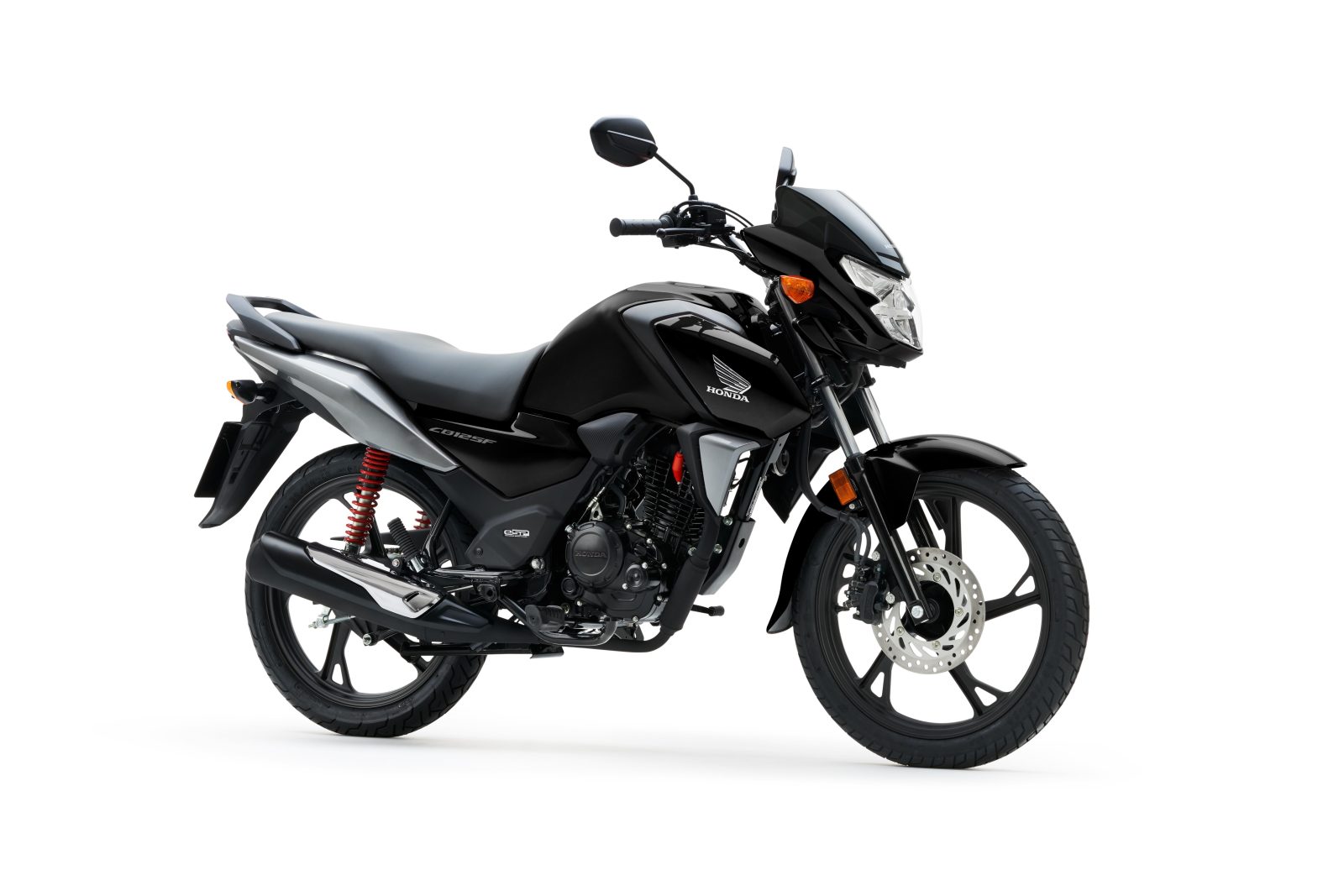
The CB has earned a well-deserved reputation for reliability and affordability in a package that just about anyone can manage.
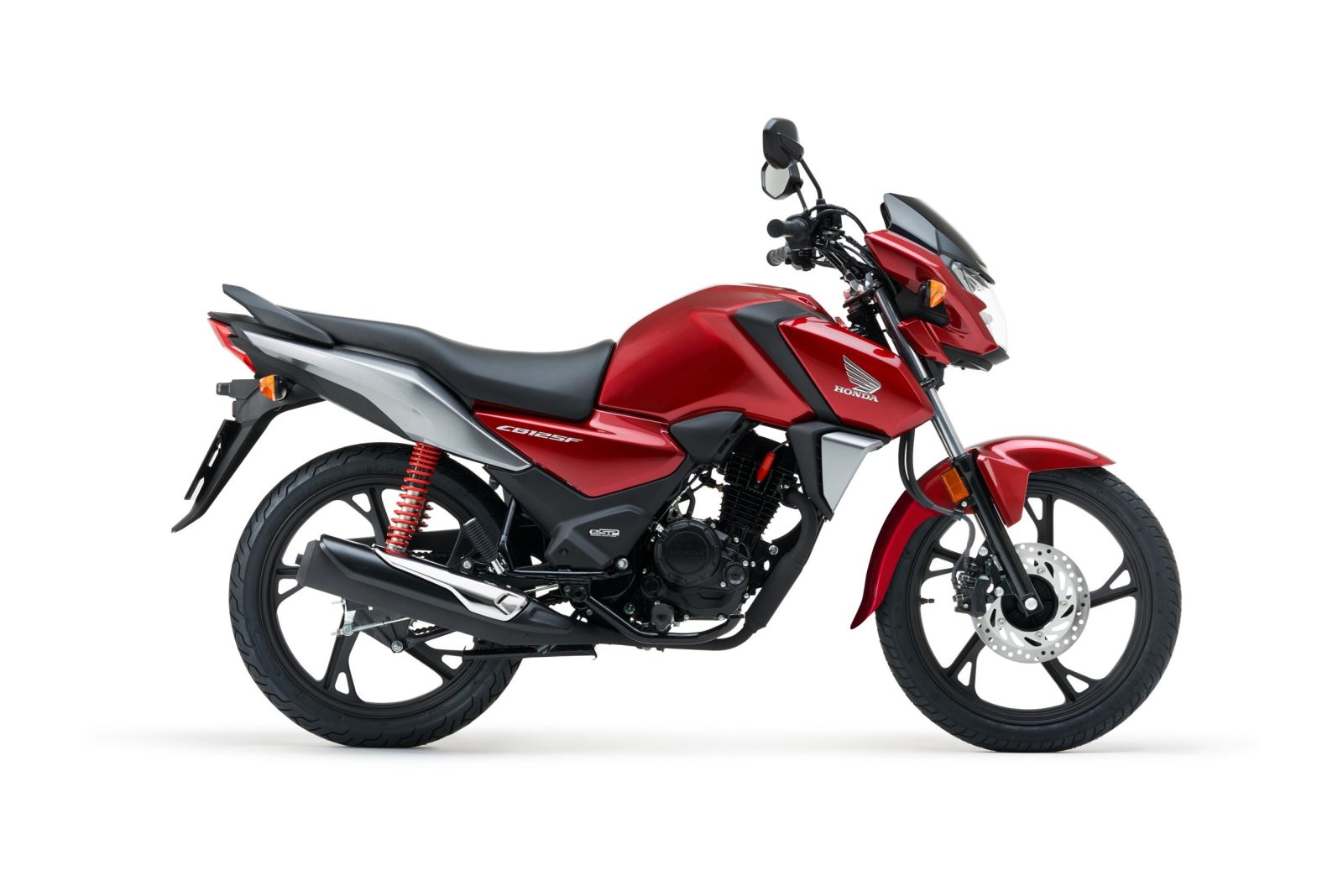
But with manufacturers now required to step up to meet new ABS laws that require new bikes to have ABS, or at least linked brakes, the CB125e has made way for the new CB125F that’s seen a bunch of updates aimed at even greater reliability, efficiency and usability.
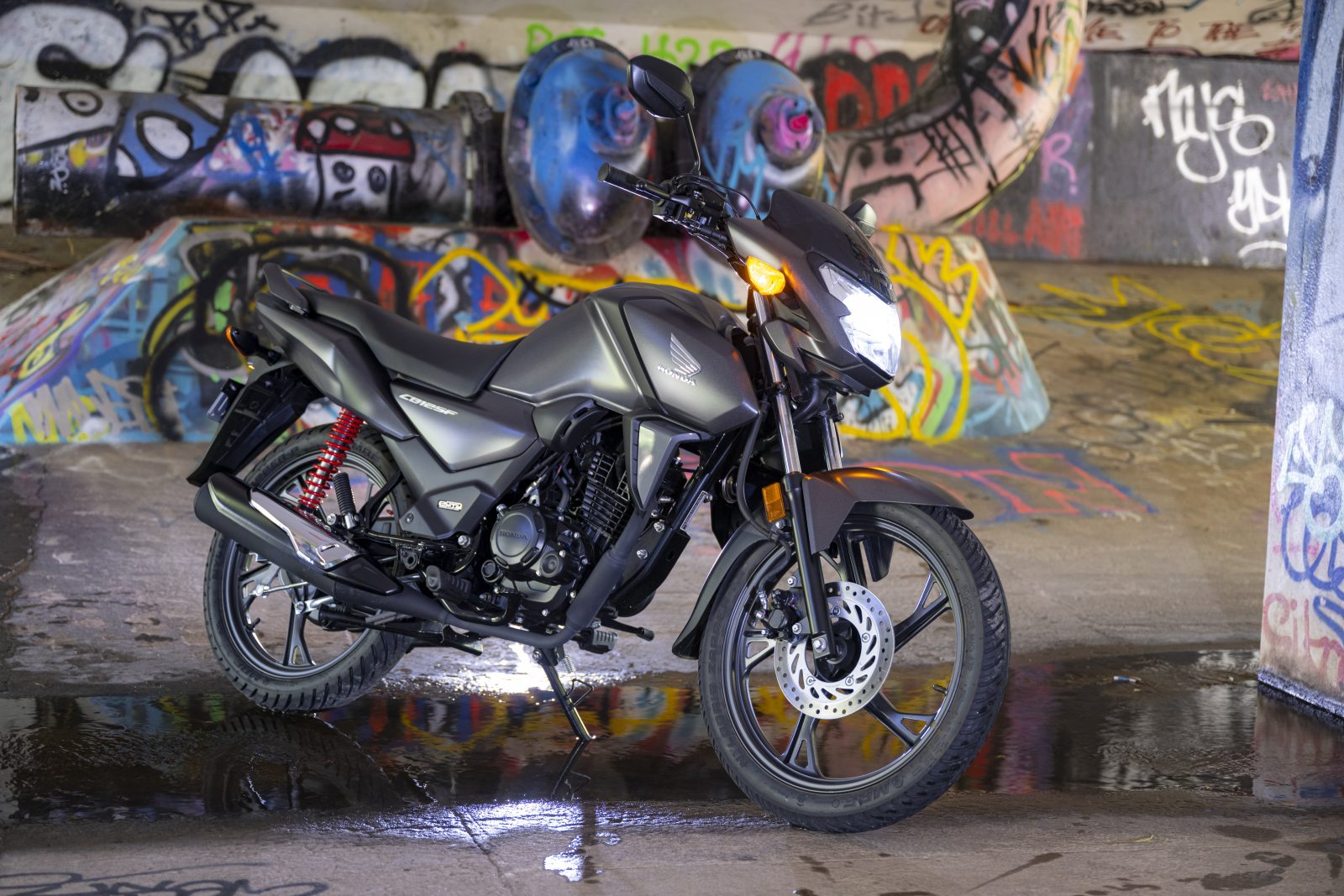
Unlike the Chinese-built CB125e, the F is made at Honda’s Atessa facility in southeast Italy and boasts a number of updates aimed at offering riders a fun, reliable and user-friendly way to roll on two wheels in an even more economical way.
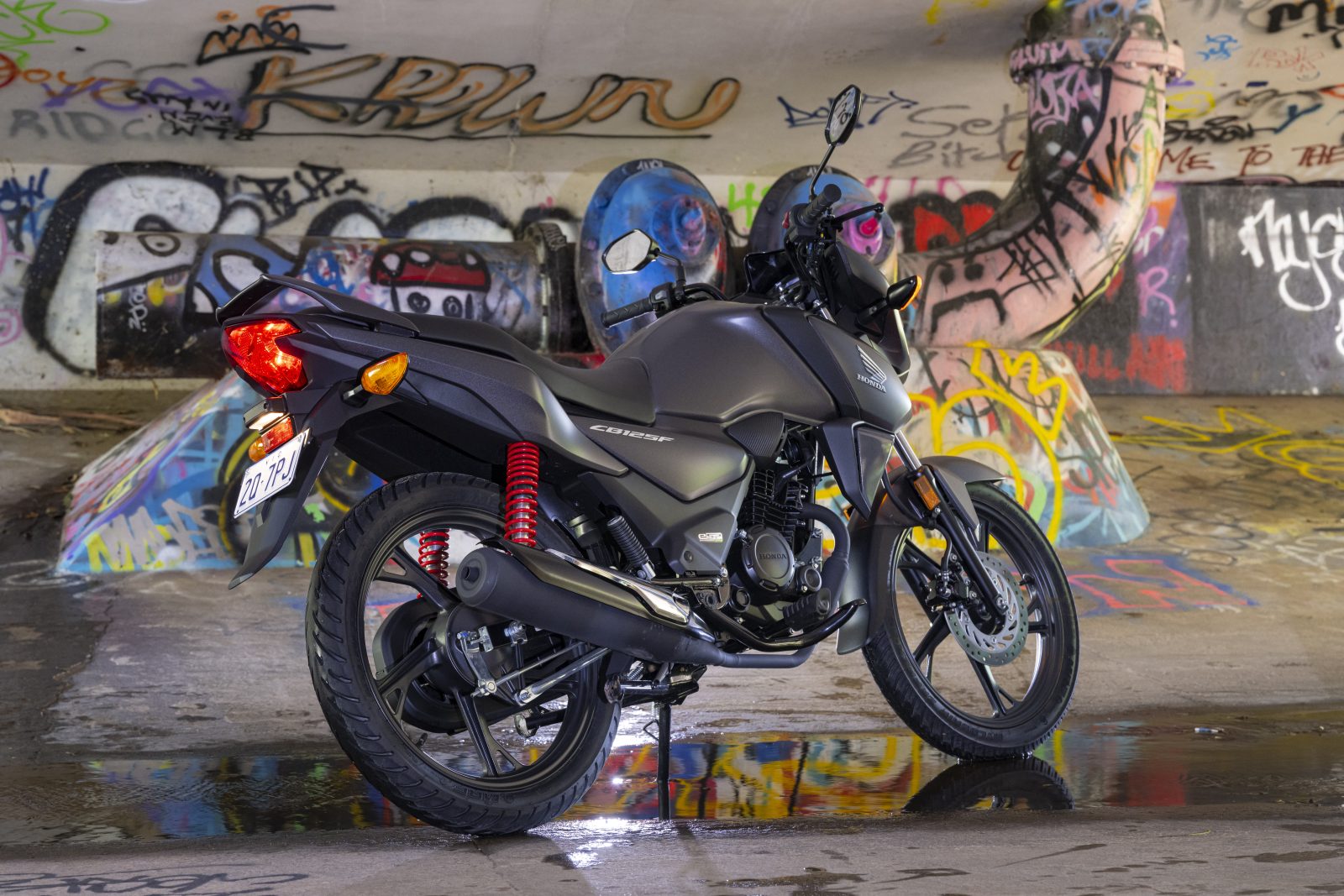
Apart from a facelift to give the new CB a more modern look, it’s a substantial 22kg lighter than the CB125e and, according to Honda, has 27 percent better fuel economy. And impressively, despite a raft of technical changes which I’ll detail below, the price has jumped a miniscule $130 to just $2999 plus on-road costs.
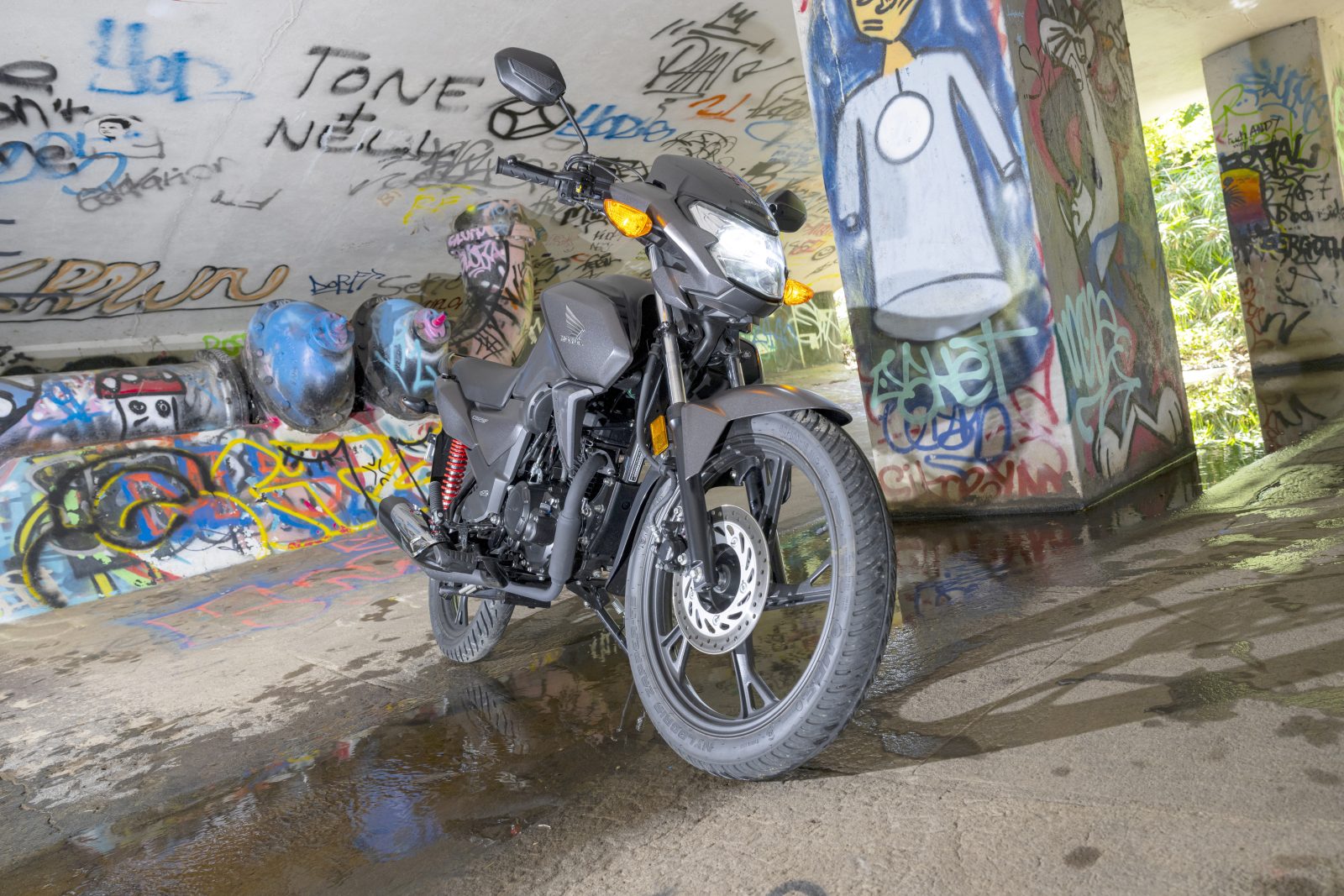
The new Euro 5-compliant, 124cc air-cooled engine is a major factor in the weight-saving department, and Honda has gone to some length to build the most fuel-efficient powerplant possible with the new single-cylinder eSP (enhanced Smart Power) engine bathed in a range of updates aimed at reducing friction.
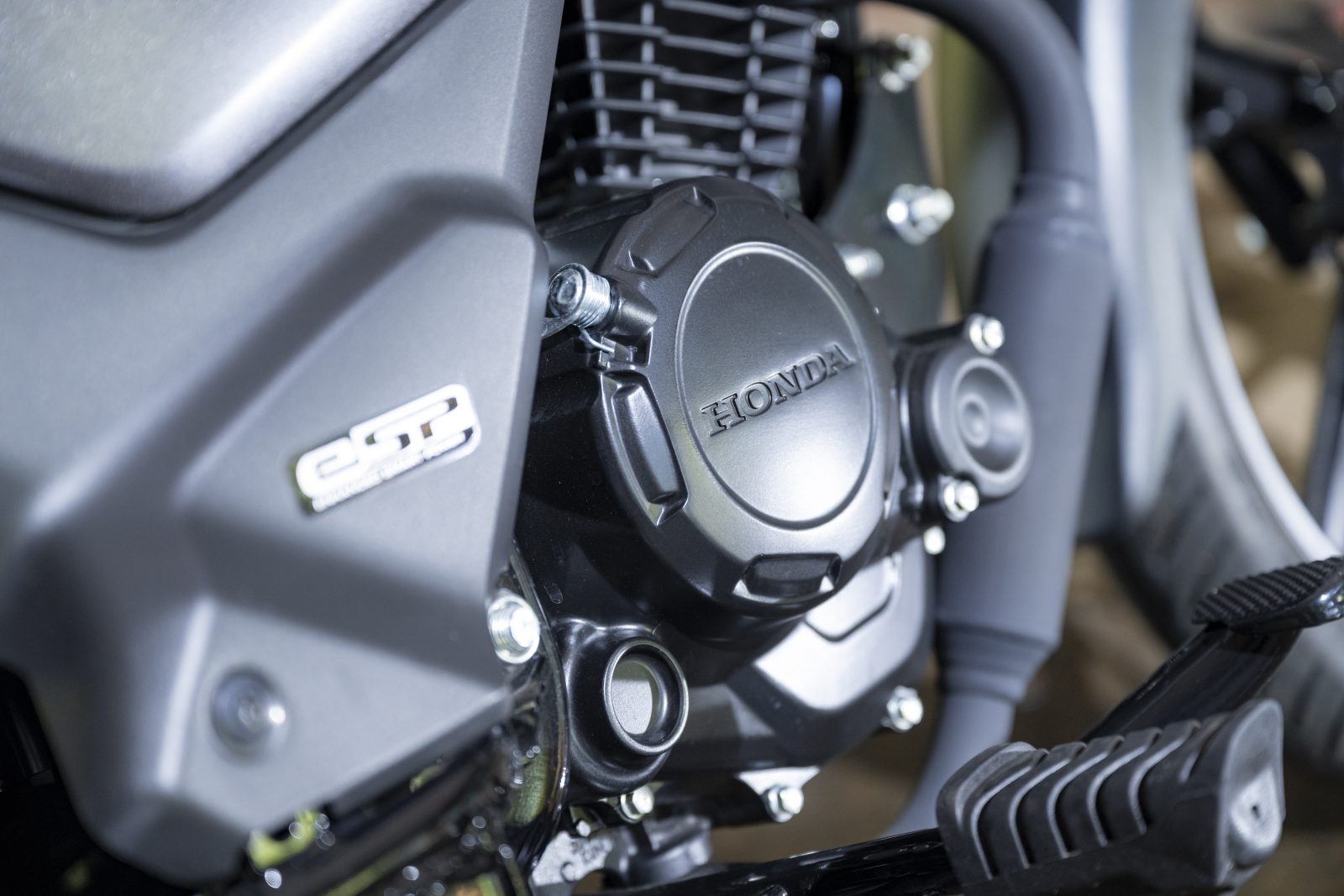
If you’re going to kill an engine, friction is always the culprit, so not only will reduced friction allow the moving parts to do their thing in a more efficient way, but it means that longevity and reliability will also improve. The CB125e had a reputation for being almost indestructible if looked after properly so the F should still be going strong for many years to come.

Gone is the carburettor from the CB125e, now replaced by Honda’s PGM fuel-injection which further improves the single overhead cam engine’s economy. The new engine weighs 7kg less than the old unit, with a new lighter and less complex electric-start system being responsible for a large part of that.

The new mill has a claimed peak power output of 8kW (10.9hp) at 7500rpm and 10.9Nm of torque at 6000rpm, which is spat out through a five-speed gearbox and chain final drive. The chain and sprockets are protected by a neat plastic housing that should stop road grime from prematurely chewing away at your drive train.
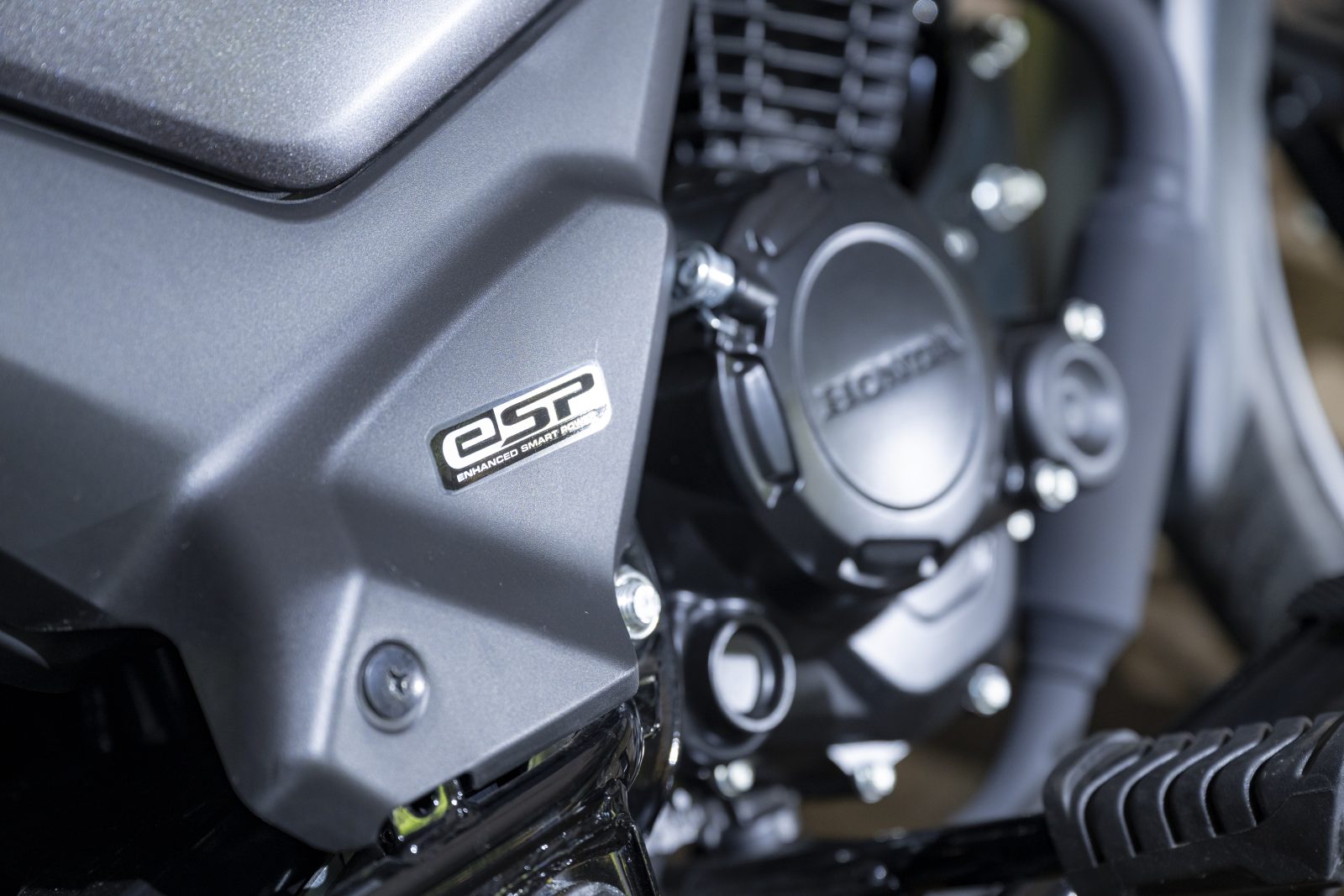
Firing up the engine is ridiculously easy thanks to a new decompression system, and it’s so smooth and quiet at idle you could be forgiven for thinking it didn’t start at all.
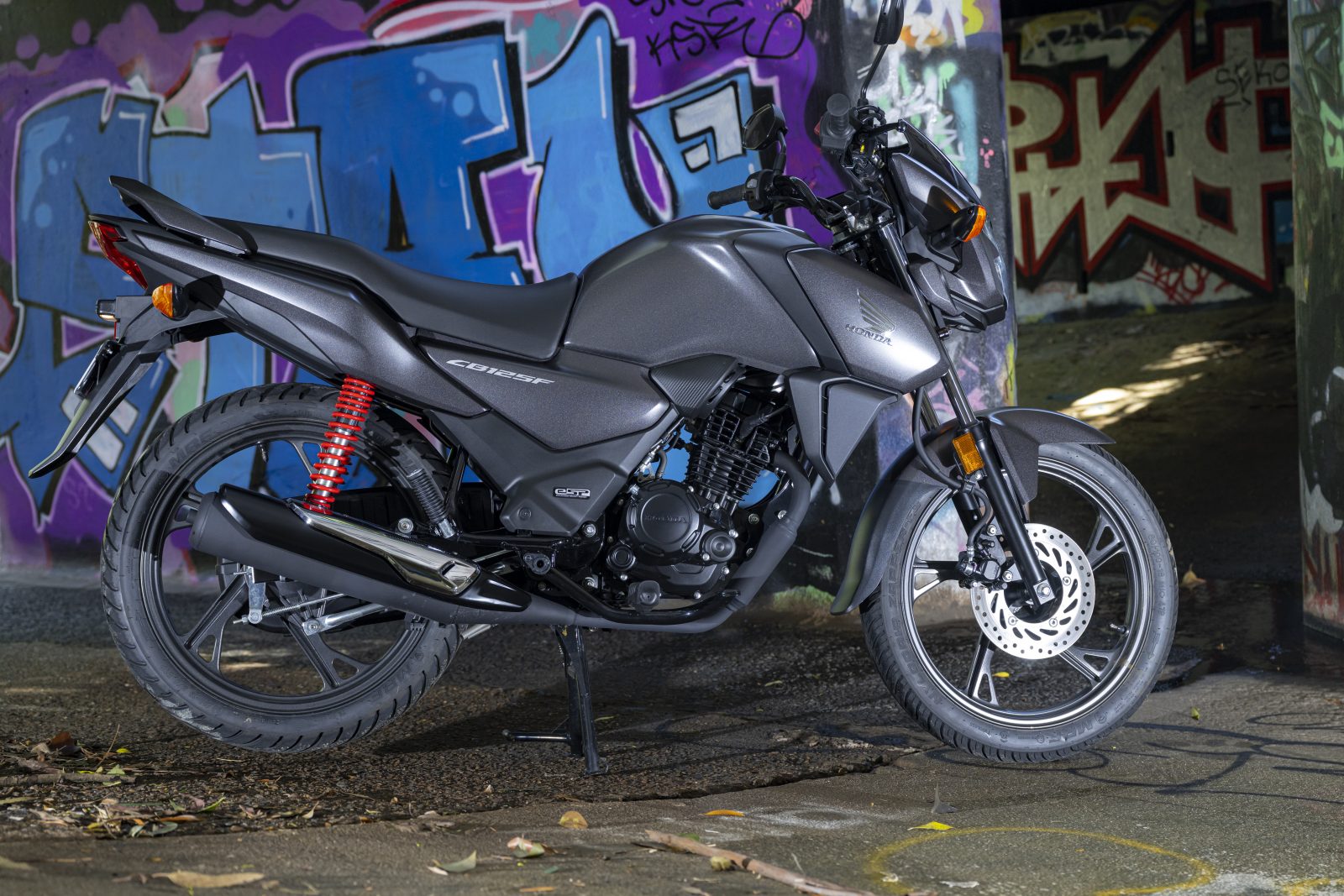
It may not have a lot in the engine department but there’s enough to get up to speed and stay ahead of the traffic, and on test it waddled along on the highway at 90km/h without sounding like it was about to pop its cork. It’ll go quicker – I saw 112 on the LCD speedo – but its happy place is running around town at lower speeds which is exactly what it’s designed to do.
First gear is ridiculously low and only useful for getting the show rolling – unless you’re chasing mountain goats or engaging in activities that require the front wheel to be in the air. It’s so low you’ve barely got time to get your feet up on the ’pegs before it’s time to shift up if you’re at full throttle, so I’d be inclined to go up a tooth on the countershaft sprocket or down a couple on the rear sprocket to make first gear more useful.

The mighty 8kW mill is housed in an all-new steel tubular frame which shaves a further 1.7kg off the package. Up front is a 31mm conventional non-adjustable fork, while on the rear there’s a pair of shocks with five levels of preload adjustment. The suspension is rudimentary but does a good job around town and provides performance you should expect from a bike at this price point. That’s not to say you can’t have fun and learn your craft, but if you’re thinking of chasing your mates through the hills on the weekend then a bike designed for that sort of behaviour might be a better option.

Braking is provided by a single 240mm disc gripped by a single-piston Nissin caliper on the front and a 130mm drum brake on the rear. The front and rear are linked to meet Australian regulations that allow bikes under 125cc to have a linked system rather than ABS, and so, when you apply the rear brake, some braking force is applied to the front as well.
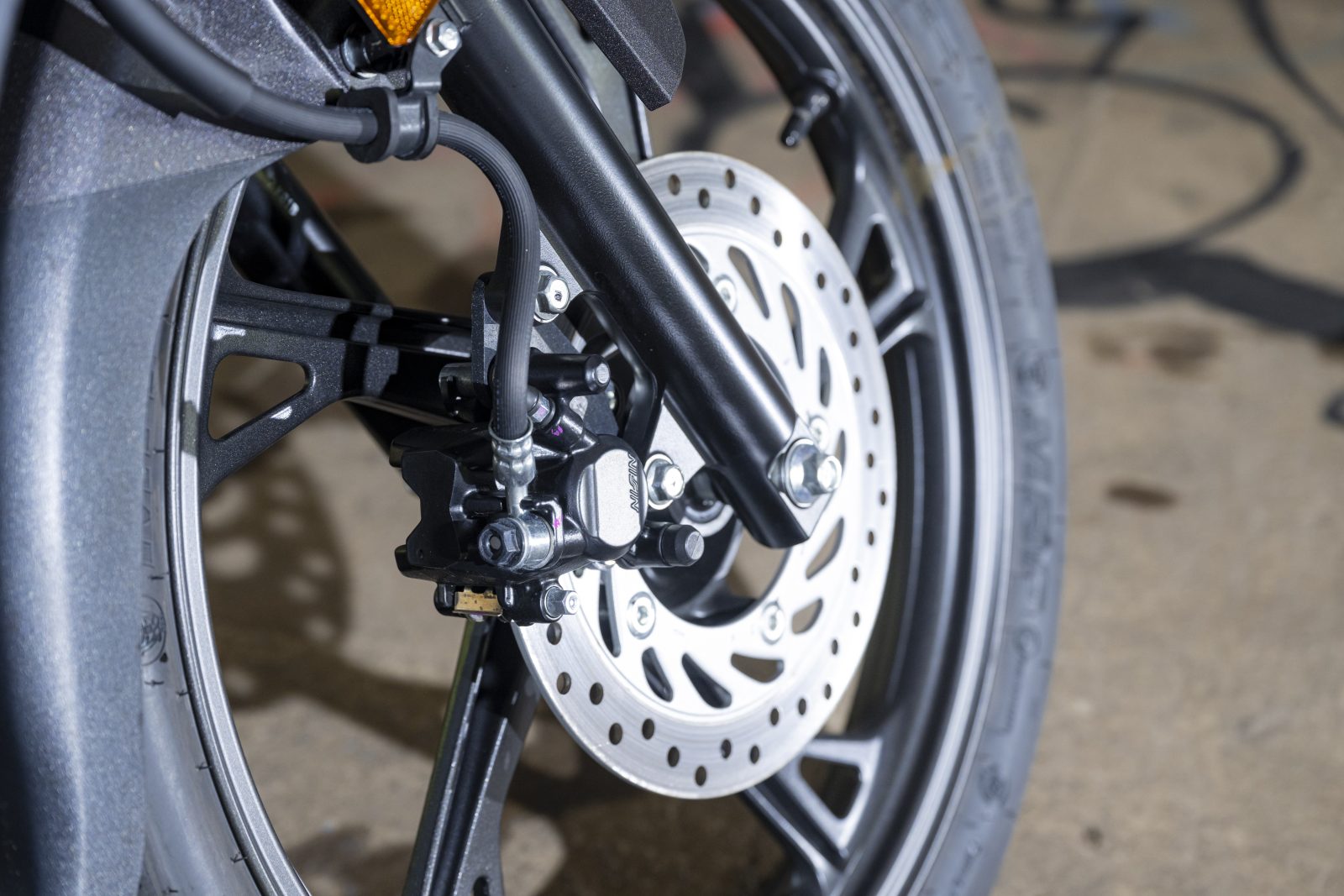
Feel from the front brake is a bit wooden, but there’s enough power there to easily pull the lightweight CB up… or even rip a stoppie. The rear has plenty of stopping power thanks in part to the leverage provided by the huge ride-on mower-style brake pedal. Sure, a drum brake doesn’t look as cool or perform as well as a disc setup, but it’s perfectly adequate for this style of bike and brake shoes last longer than brake pads, so service costs are reduced.

The CB rolls on 18-inch cast-alloy wheels, lashed with skinny little 80/100-18 front and 90/90-18 rear MRF rubber. I’ve never heard of MRF tyres but credit where credit is due because I had no scary moments on them in either the wet or dry.
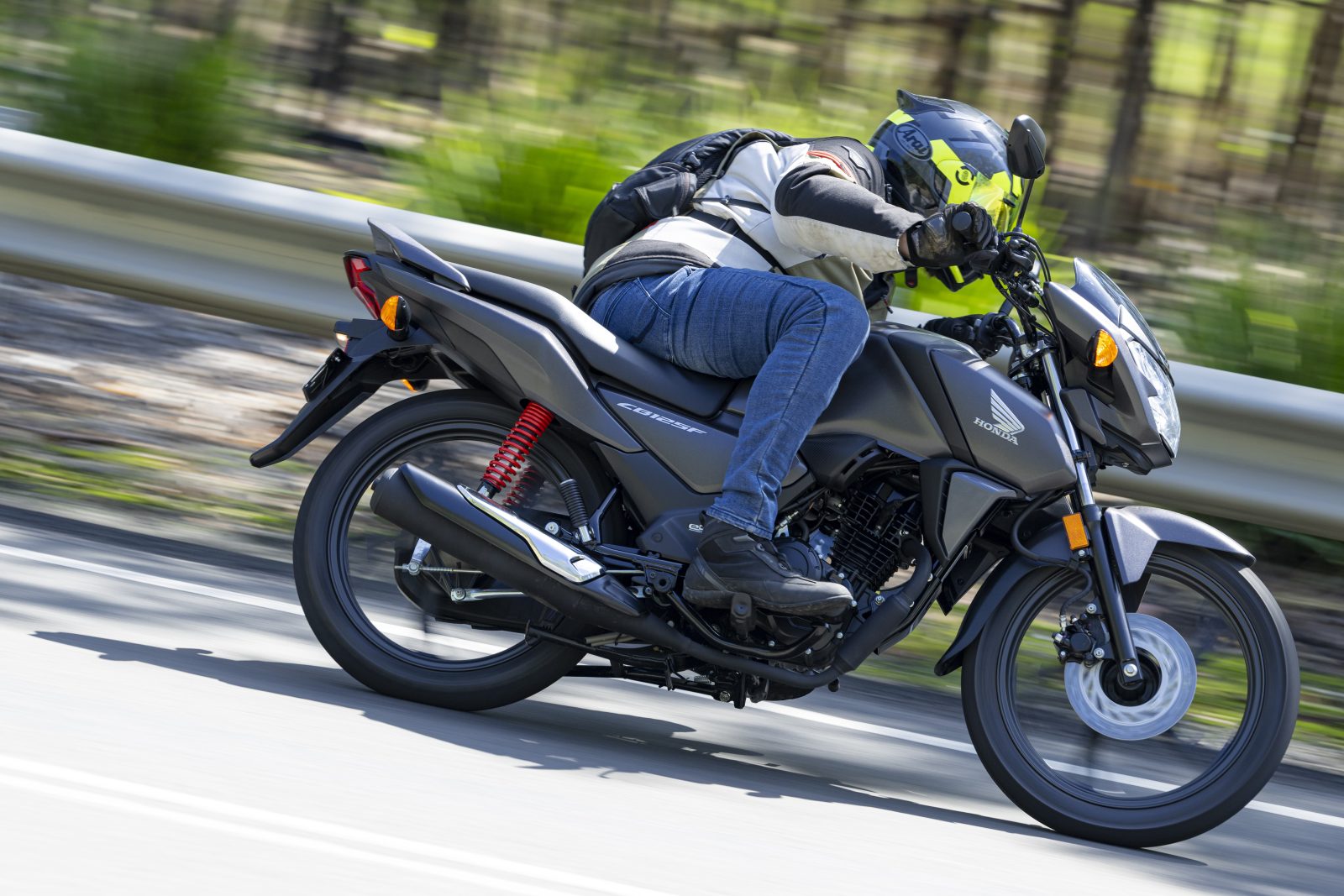
The F’s new styling makes it look like a larger bike than the CB125e, and that’s especially obvious around the fuel tank thanks to the addition of colour-coded tank shrouds. Fuel capacity has actually shrunk though, from 14 litres on the CB125e to 11 litres for the F. Honda claims that fuel efficiency has improved vastly, going from 1.9L/100km to 1.5L/100km, potentially giving the new machine a range of over 700km. The CB returned an average of 1.8L/100km for me, meaning a potential range of around 600km, which is still excellent – and I’m a larger gent and spent a good part of my time on the CB at full throttle.
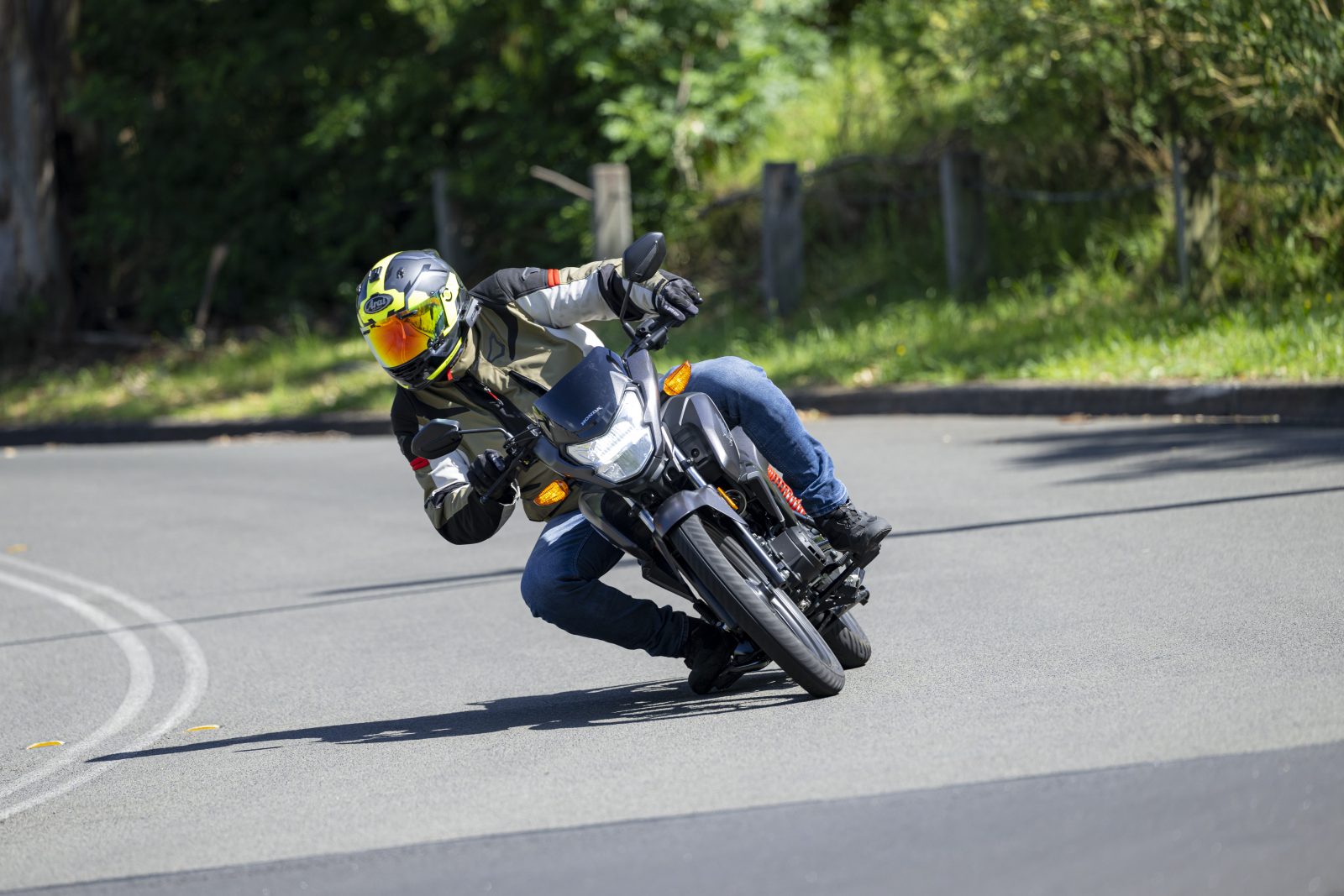
Seat height has grown from 767mm to 792mm, but it’s still an easily manageable height and the loss of kilograms should make the F even easier to handle for folks short of stature.

Despite the low seat height, even at 186cm tall I found the CB comfortable. The seat is generous in size, well-shaped and padded, and there’s more than enough room for a pillion. The cockpit is easy to move around on and it’s super easy to get on and off of, which will be a bonus for those who choose one as a work vehicle.

The footpegs are stuck on the end of a reinforced metal rod that bolts directly to the lower engine cases, and this might be why I felt they were in a slightly awkward position – just forward of where your feet would naturally land. Of course, you get used to this so I could be accused of nit-picking here.
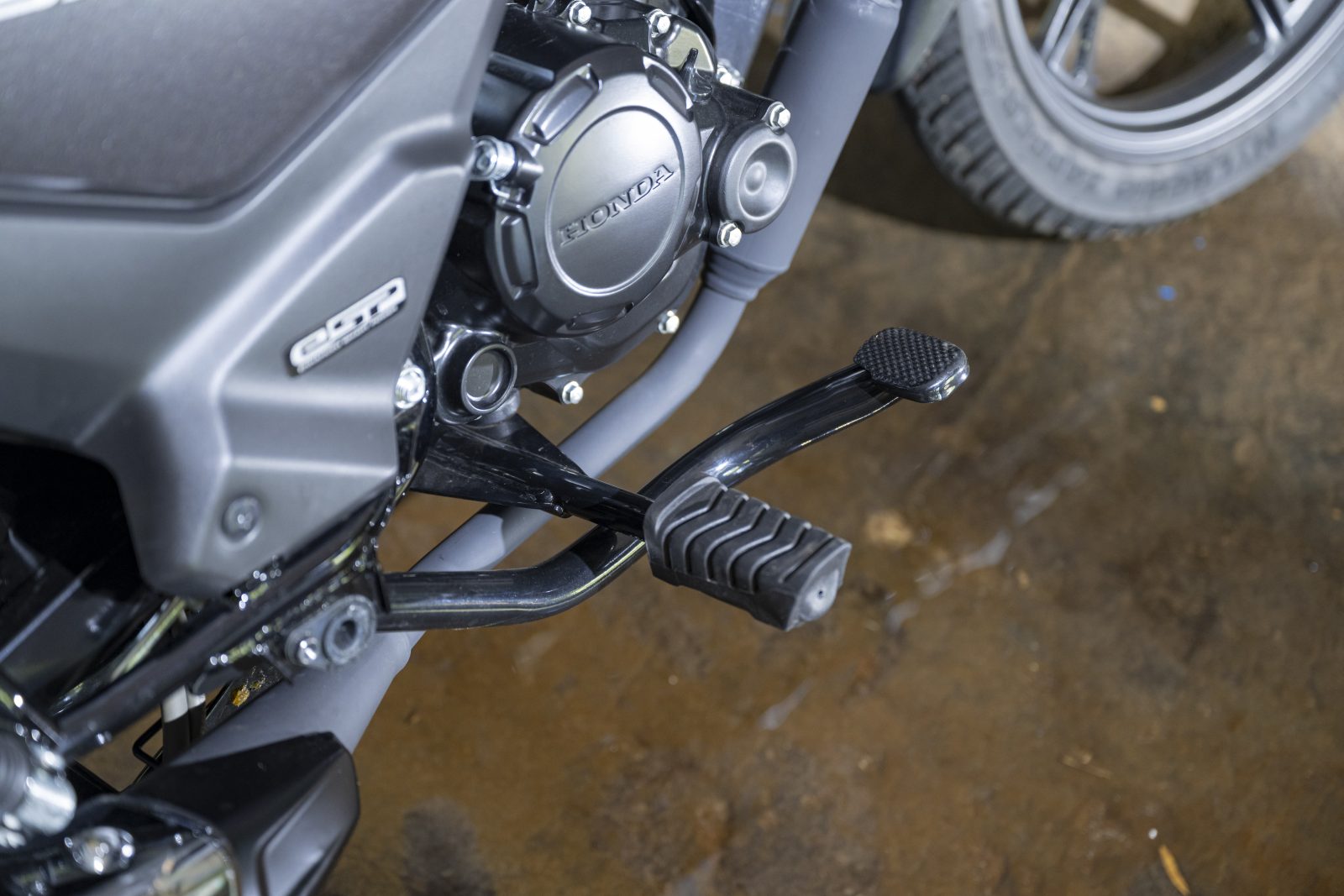
The CB is also kitted out with a centrestand for easy maintenance and, being so light, it’s super easy to lever it up onto it.
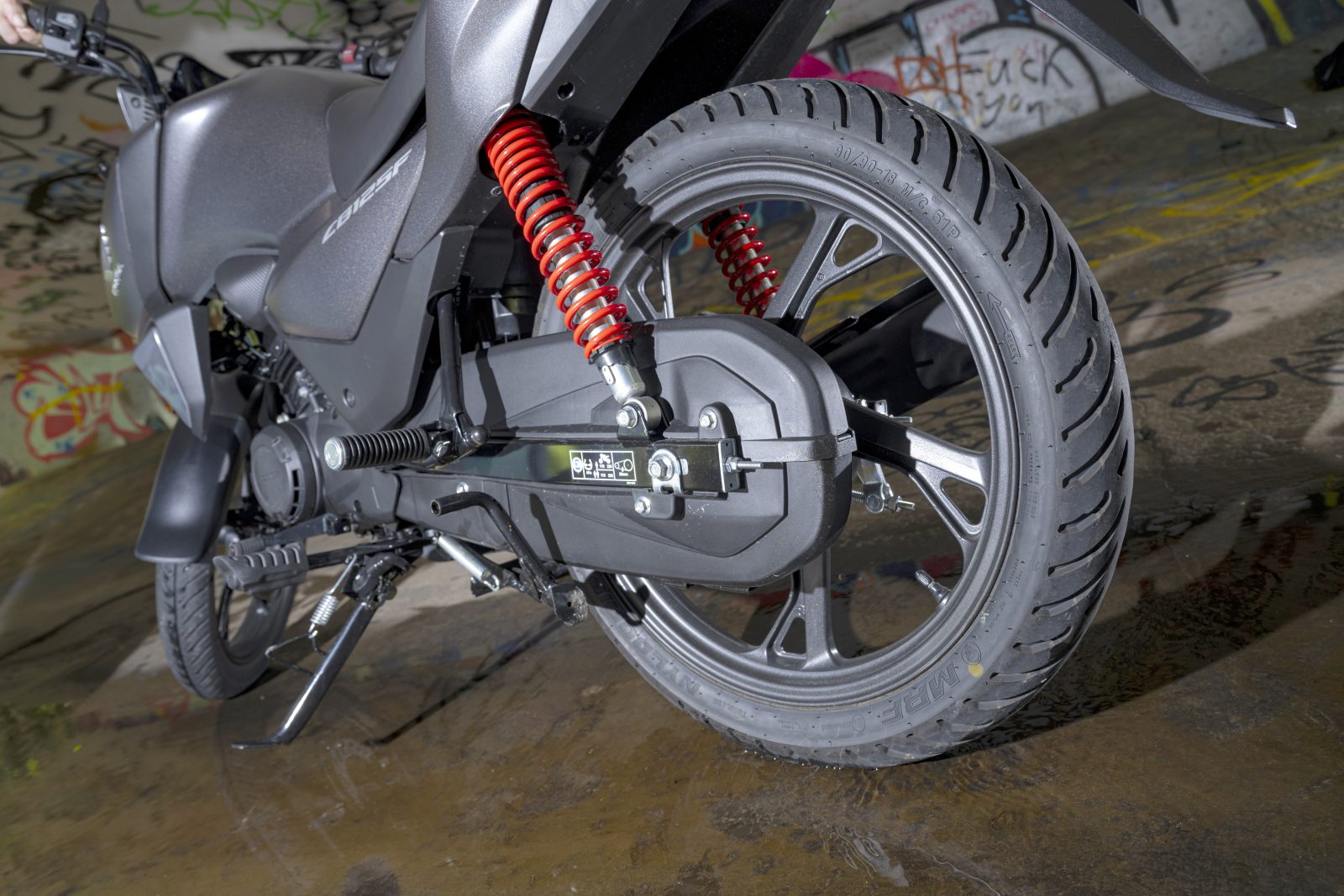
There’s an LCD dash tucked behind the LED headlight that is super-easy to read with a large and bold speed readout, plus a gear position indicator, average fuel economy, distance to empty and a clock.

It can be hard to get excited about a little commuter like the CB125F. It won’t win any beauty pageants and won’t blow your socks off with its handling, brakes or power, but it’s not supposed to. The CB was designed to be a cheap and cheerful commuter that’s user-friendly, reliable and economical to run and that’s exactly what it is. The CB125F isn’t covered in bells and whistles and nor should or could it be at $2999 plus on-roads. Could Honda have added a bit more bling? Sure, but it would either be dearer or less reliable, and you can’t have it both ways.

As entry-level bikes go it doesn’t get much more dependable, reliable, well put together or economical than the CB. It’s certainly the perfect way to start you riding career, get to work, or use for work.
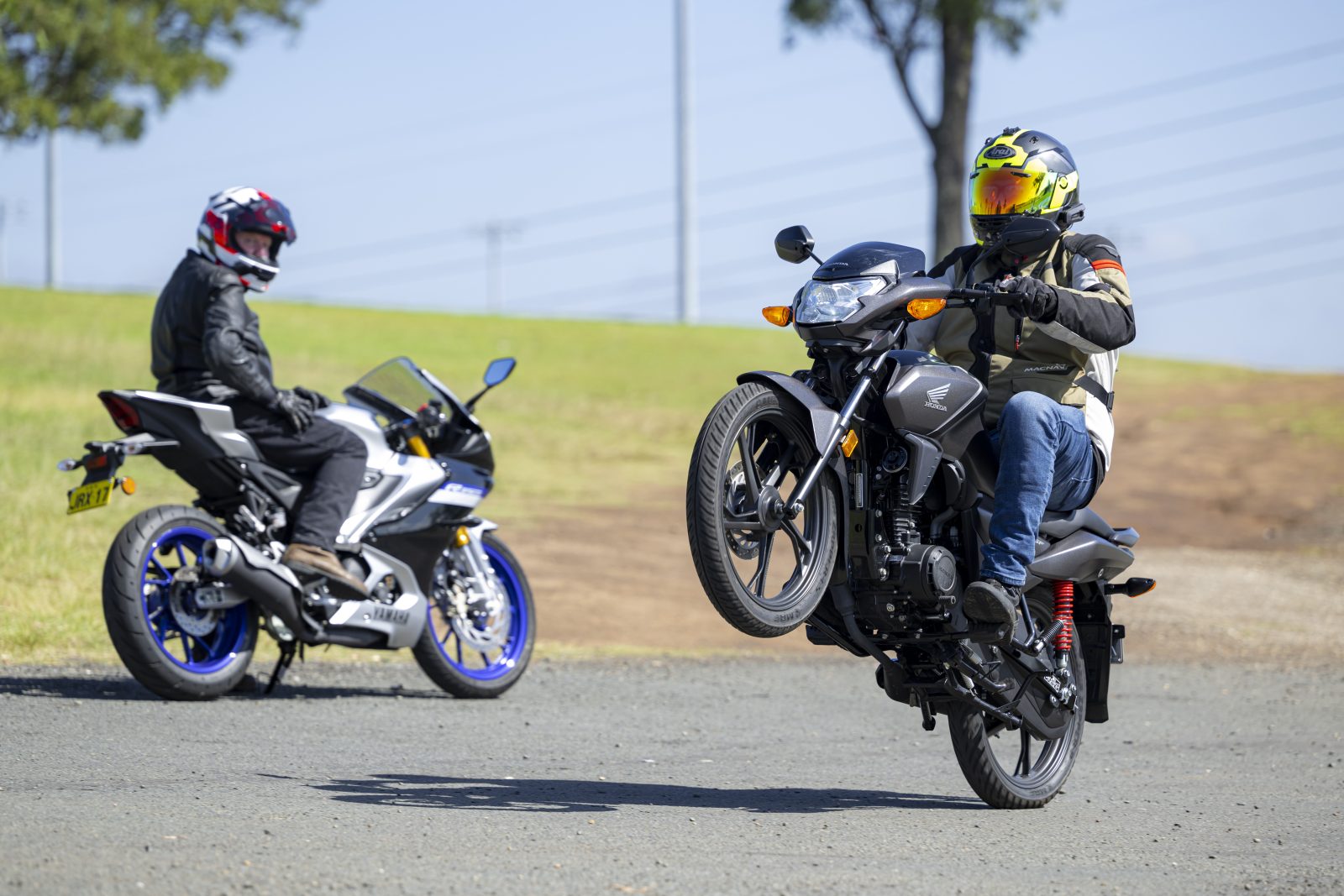
TEST: PETE VORST PHOTOGRAPHY INCITE IMAGES